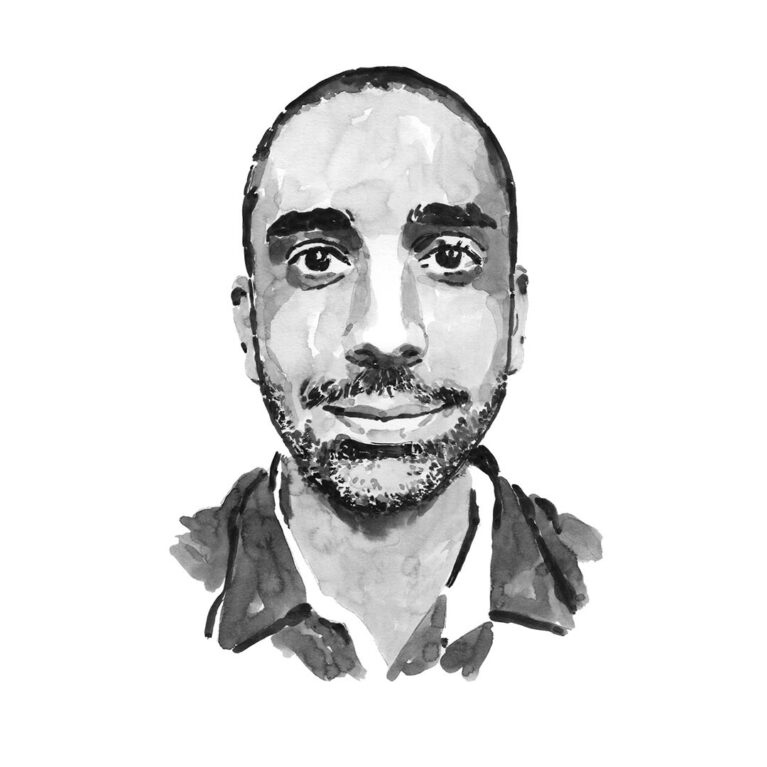Brandon Mahan

Who I am
I began my career at Indiana State University in the USA, focusing on macro-structural geology and on biogeochemical research into the wind-blown iron and phosphorus flux record of the Southern Ocean over roughly the past 20 million years. From there, I carried on at Washington University in St. Louis, Missouri, then at l’Institut de Physique du Globe de Paris before proceeding to Macquarie University in Sydney, Australia. Along the way I picked up further skills and expertise in structural geology, experimental petrology, planetary chemistry and cosmochemistry, all largely examined through the lens of trace elements and isotopes. During this time I also began working in the emerging field of isotope metallomics, or the application of element and isotope geochemistry techniques to biological samples, especially in medical research. This expanded my research portfolio further towards an understanding of major and trace element systematics in biological systems.
As part of the Earth and Environmental Science research team at James Cook University in Townsville, Australia, and as head of the university’s IsoTropics Geochemistry Laboratory, I apply all these skills and experiences to building and cultivating research initiatives at the university while also expanding towards new horizons. Although my research background is diverse, all my endeavours share a common desire to develop novel techniques that will address issues within each application. Ultimately, it is my passion for problem-solving scientific enquiry using any means necessary – though mostly element and isotope geochemistry – that defines and drives my academic career.
Where I work
Although much of my research involves field work and travel to international locations to collaborate with other researchers or retrieve samples, I am in essence a lab scientist and, more pointedly, I am a junky for ultra-trace element and isotope geochemistry laboratories. I have worked at more than half a dozen of these laboratories and most recently have established one of my own at James Cook University: the IsoTropics Geochemistry Laboratory. This state-of-the-art laboratory has two dedicated clean rooms for conductingisotope geochemistry and is located within the university’s Advanced Analytical Centre. This gives us an incredibly fortuitous situation that allows us to prep and process samples in the geochemistry laboratory, then take them only a couple doors down the hall for analysis on an array of instrumentation, also state-of-the-art, that includes two quadrupole inductively coupled plasma mass spectrometers (Q-ICP-MS) and one multi-collector inductively coupled plasma mass spectrometer (MC-ICP-MS). All these ICP-MS instruments can also be connected to a laser ablation system that allows for largely non-destructive, in situ trace element and isotope ratio determination.
What I do
Teaching is another passion of mine and I coordinate a climate change course and a geochemistry course at James Cook University, but I am also the head of two laboratories there: one a conventional geochemistry laboratory and the other an ISO 7 ultra-trace element and isotope geochemistry clean laboratory. My current research endeavours target the development and subsequent use of novel techniques for determining ultra-trace element concentrations (such as certain metals and rare earth elements in sea water) and determining stable and radiogenic isotope compositions of aqueous and solid sample media. One aspect of this involves developing enhanced or completely novel element purification schemes for both conventional and so-called ‘non-conventional’ stable isotope systems (such as copper and zinc) that can be easily scaled to applications that require large sample cohorts. Beyond simply streamlining manual procedures in the clean lab, this involves the development of automated element purification systems that conduct the element purification and can also often be directly linked to instrumentation for ‘online’ analysis. At James Cook University we currently have a one-of-a-kind automated purification system capable of purifying strontium, calcium, iron, copper and zinc (as well as other elements) for subsequent isotope analysis.
Another aspect involves the development of in situ techniques for trace element and isotope measurements, as such techniques entirely circumvent the often time-consuming steps of sample digestion (such as by strong acid attack) and element purification and also largely do not destroy samples. The success of many in situ techniques hinges largely on the development of matrix-matched standards. It is in this specific aspect of development that I seem to have found my niche, as I enjoy the challenge of developing the standards needed to produce robust isotope analyses on solid samples by laser ablation MC-ICP-MS.
